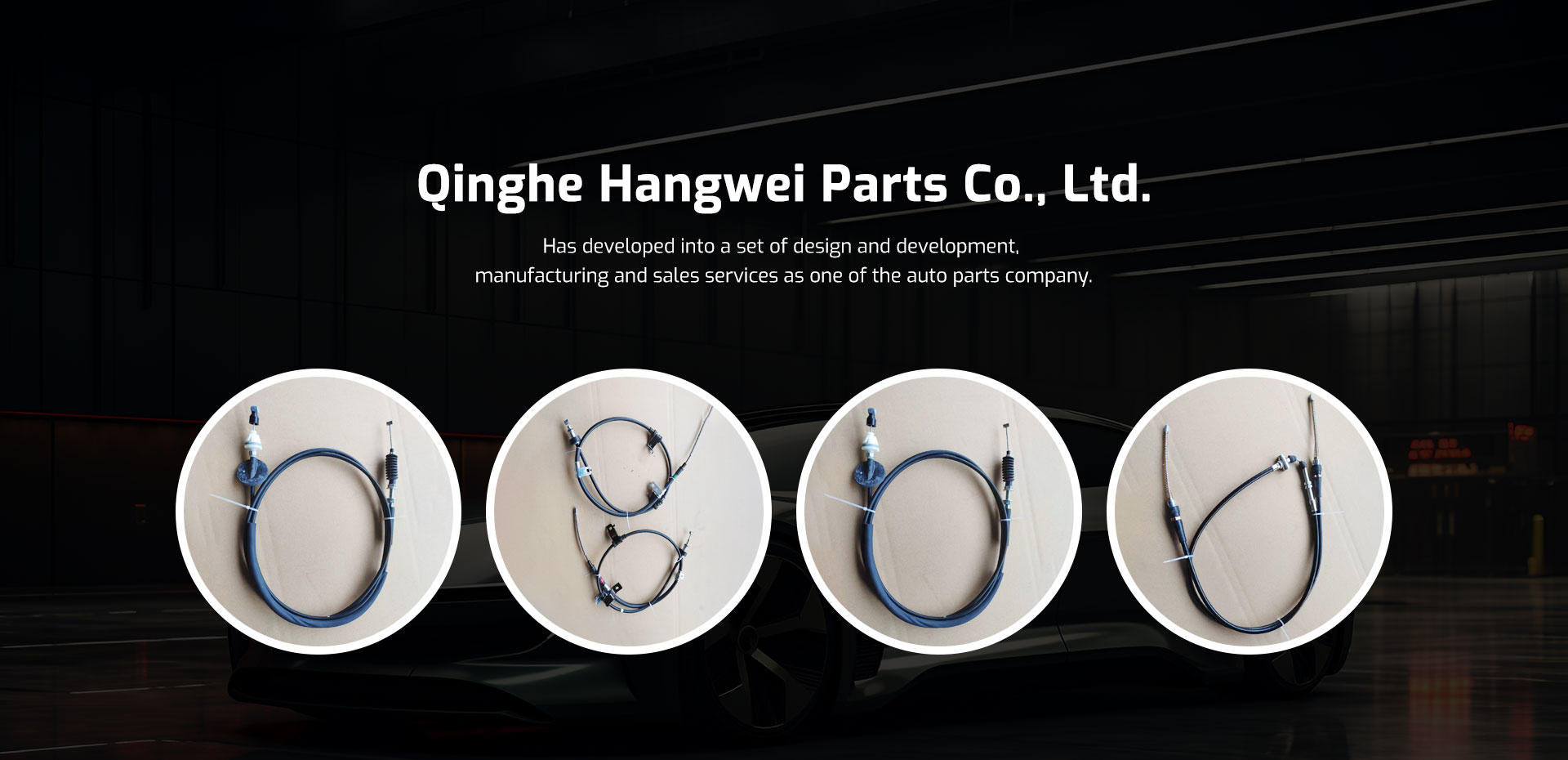gas pedal cable
Understanding the Gas Pedal Cable The Heart of Vehicle Performance
The gas pedal cable, often overlooked, plays a crucial role in the performance and responsiveness of a vehicle. As a vital component of the throttle control system, the gas pedal cable connects the accelerator pedal to the engine’s throttle body, allowing for the regulation of air and fuel mixture that powers the vehicle. Understanding its function and significance can enhance appreciation for automotive engineering and performance.
The Role of the Gas Pedal Cable
When a driver presses down on the gas pedal, the cable transmits this mechanical movement to the throttle body, which, in turn, opens to allow more air into the engine. This process increases the flow of fuel, thereby generating greater engine power and acceleration. In modern vehicles, while many have transitioned to electronic throttle control systems, traditional gas pedal cables are still prevalent in older models and some current models.
The gas pedal cable typically consists of a flexible inner wire housed within a protective outer casing. This design allows for smooth operation while minimizing wear and tear. Over time, however, exposure to elements such as heat, moisture, and dust can lead to fraying or stretching, which may impair the cable's function.
Symptoms of a Failing Gas Pedal Cable
A failing gas pedal cable can manifest in various ways, often leading to a frustrating driving experience. Common symptoms include
gas pedal cable

1. Unresponsive Acceleration If the cable is stuck or broken, pressing the gas pedal may not produce any response from the engine. 2. Sticky Pedal Sometimes, the cable may become crimped or dirty, causing the accelerator pedal to stick or feel resistant when pressed.
3. Erratic Engine Performance A frayed cable might allow for irregular throttle responses, resulting in inconsistent acceleration, affecting overall drivability.
4. Hesitation If the cable fails to smoothly transmit the pedal's position to the throttle, it may cause delays in power delivery, leading to a hesitant driving experience.
Maintenance and Replacement
Regular maintenance is key to ensuring the longevity of the gas pedal cable. Drivers should periodically inspect the cable for signs of wear, such as fraying or excessive slack. Proper lubrication can also help to ensure smooth operation. In cases where the cable has significantly deteriorated, replacement is necessary. This process typically involves disconnecting the old cable from both the accelerator pedal and throttle body, followed by the installation of a new cable, which can usually be performed by a skilled DIYer with basic automotive knowledge.
Conclusion
The gas pedal cable might be a small component, but its role in a vehicle's performance is monumental. Drivers should remain aware of its signs of wear and failure to maintain a safe and enjoyable driving experience. As vehicles evolve with technology, understanding these fundamental components will help drivers appreciate the intricate relationship between man and machine. Keeping the gas pedal cable in good condition is essential not just for performance, but also for ensuring that every drive is as smooth and responsive as possible.
-
Workings of Clutch Pipe and Hose SystemsNewsJun.04,2025
-
The Inner Workings of Hand Brake Cable SystemsNewsJun.04,2025
-
The Secrets of Throttle and Accelerator CablesNewsJun.04,2025
-
The Hidden Lifeline of Your Transmission Gear Shift CablesNewsJun.04,2025
-
Demystifying Gear Cables and Shift LinkagesNewsJun.04,2025
-
Decoding Clutch Line Systems A Comprehensive GuideNewsJun.04,2025
